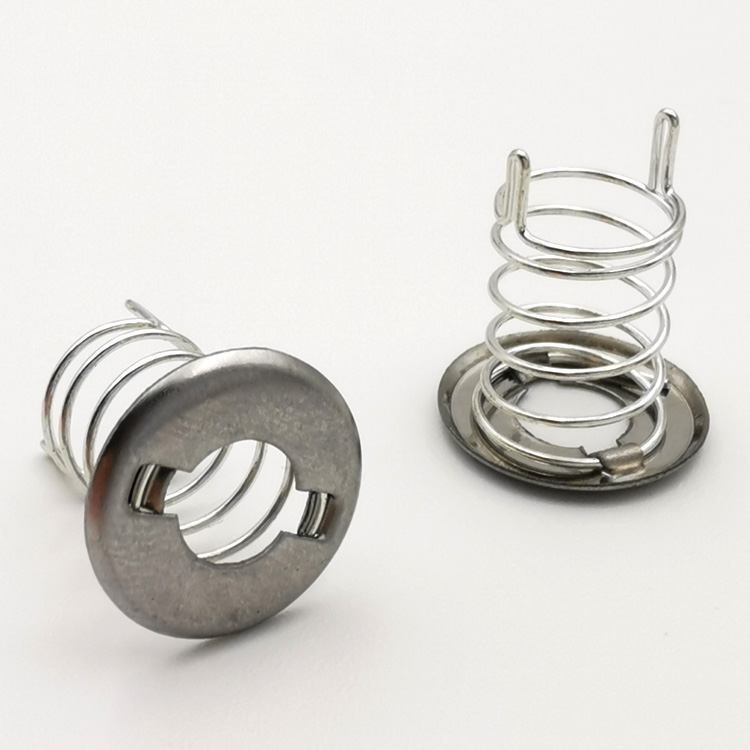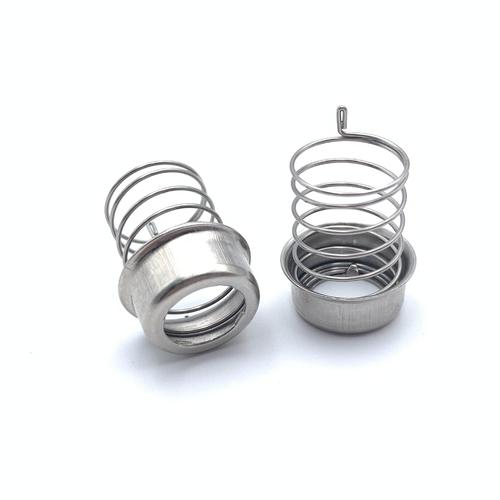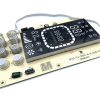
The Intricacies of the Touch Buffer Spring
In the realm of technology, where seamless user experiences are paramount, the touch buffer spring is often overlooked but essential for device functionality. Understanding its role requires a journey into the realms of engineering precision and the nuanced dance between materials and responsiveness.
The Engineering Marvel: Anatomy of a Touch Buffer Spring
Composition and Materials
At its core, the touch buffer spring is a testament to engineering finesse. Composed of alloys like nickel-titanium, it navigates a delicate balance between flexibility and resilience. This alloy's memory shape properties ensure a prolonged lifespan, a crucial aspect for devices subjected to constant tactile interactions.
Precision in Manufacturing
Crafting these springs demands a microscopic level of precision. Manufacturers employ cutting-edge techniques like laser cutting and electroforming to achieve the desired form and structure. This meticulous process ensures uniformity and consistency, characteristics pivotal for the reliability of touch-sensitive devices.
Functionality Unveiled: Role in Device Responsiveness
Signal Transmission
Beyond its structural elegance, the touch buffer spring plays a pivotal role in signal transmission. Acting as a conduit for electrical signals, it facilitates the seamless exchange of information between the touch interface and the device's central nervous system. Its efficiency in this regard directly impacts the speed and accuracy of touch responses.
Impact on Touch Sensitivity
The touch buffer spring's influence extends to the realm of touch sensitivity. A well-calibrated spring contributes to a nuanced tactile experience, distinguishing between light touches and intentional presses. This nuanced sensitivity is the bedrock of the user's interaction with a device, defining the fine line between frustration and satisfaction.

touch buffer spring
Challenges and Innovations in Touch Buffer Spring Technology
Environmental Factors
Despite their microscopic stature, touch buffer springs face formidable challenges from environmental factors. Temperature variations and humidity levels can impact their performance. Engineers continually grapple with creating springs resilient to diverse climates, ensuring optimal functionality in any user environment.
Ongoing Technological Advancements
In the ever-evolving landscape of technology, innovations in touch buffer spring design persist. Researchers explore materials with enhanced conductivity and durability, pushing the boundaries of what these diminutive components can achieve. As devices become more intricate, the touch buffer spring evolves to meet the demands of cutting-edge technological ecosystems.
Conclusion
The touch buffer spring, though often unseen, serves as the linchpin between users and their devices. Its intricacies, from composition to functionality, underscore the meticulous engineering woven into the fabric of modern touch-sensitive technology. As we navigate an era of constant innovation, understanding and appreciating the touch buffer spring's role enriches our grasp of the devices we interact with daily.






